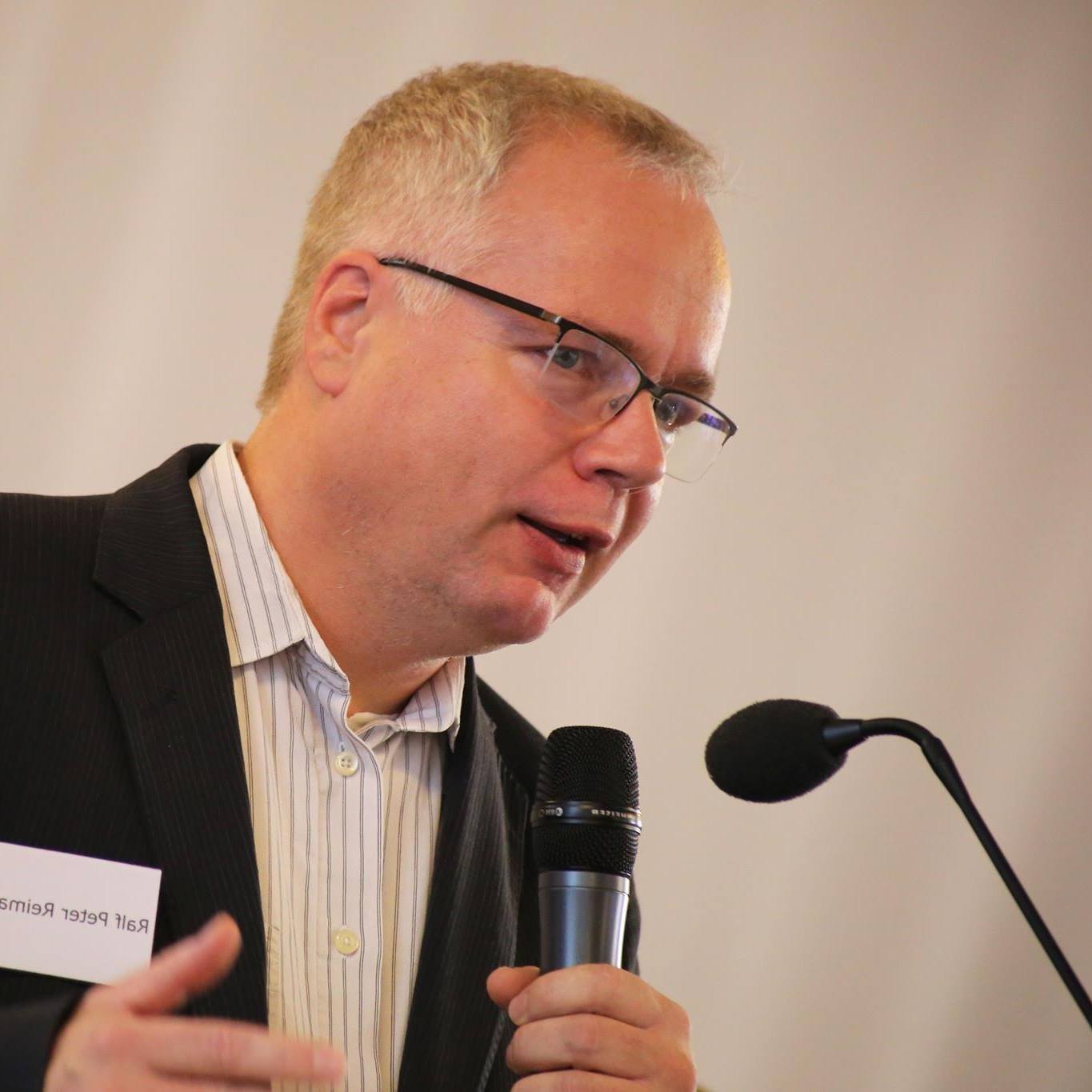The „Robot, Pray for Me!“ conference, held on 16th though 17th March 2023 at Ruhr-University Bochum, explored the complex relationship between robots, theology, and religious practices. This interdisciplinary event brought together scholars to present their research projects, addressing the intersection of religion and robotics. The conference facilitated networking among participants and experts, fostering meaningful conversations on the relationship between humans, machines, and religious practice.
Engaging Discussions and Media Examples
Participants engaged in thought-provoking discussions on various topics, including whether robots could be baptized or administer sacraments, the potential for robots to have religious experiences, their suitability as pastoral staff, and the concept of robot heaven.
Throughout the conference, numerous media examples were presented, such as Futurama’s robot heaven; Love, Death & Robots: Zima Blue exploring human and robot afterlife concepts; a video clip of a Korean mother communicating with her deceased daughter in the metaverse, and a scene from THX 1138 where a character prays to a virtual Jesus interface. These examples encouraged attendees to consider the existential questions raised by robots and emphasized the relevance of religious education in the context of robotics.
The Theomorphic Robot CelesTE
Gabriele Trovato shared his research initiatives on theomorphic robots, shedding light on the role of robots in religious contexts. A theomorphic robot is a type of robot designed to represent or resemble a divine being or deity. These robots often serve religious or spiritual purposes and are created to facilitate various aspects of religious practice, such as prayer or ritual.
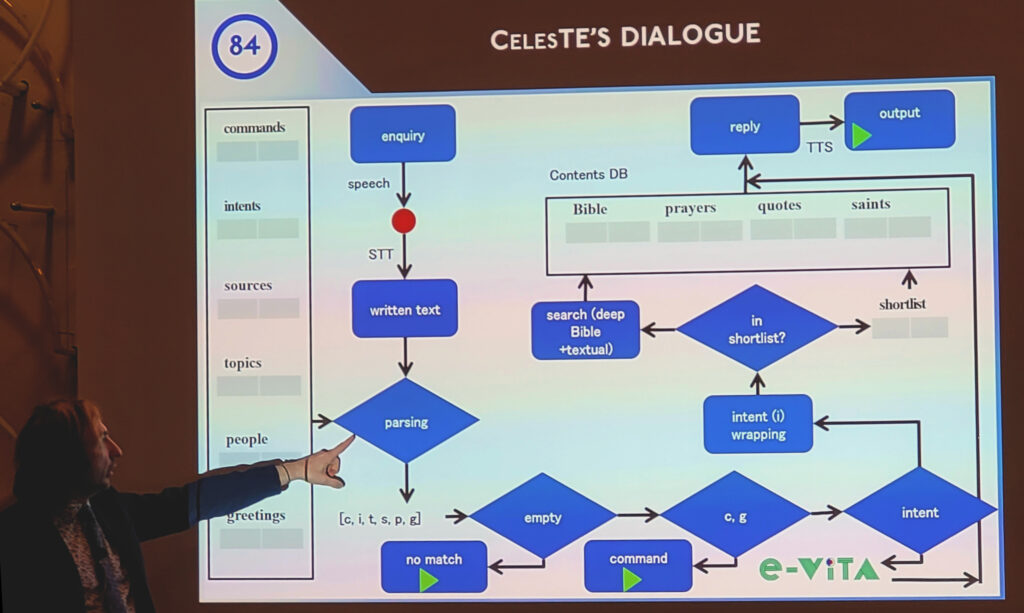
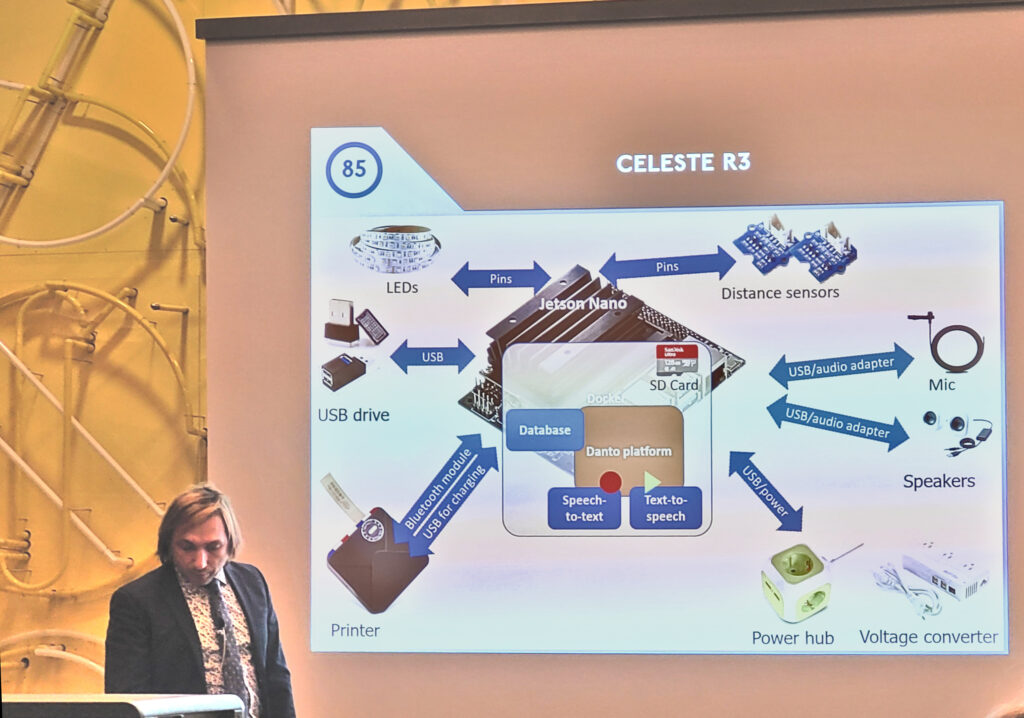
Theomorphic robots can take various forms, including humanoid or non-humanoid shapes, depending on the deity or divine concept they are meant to represent. CelesTE, the first Catholic robot, designed for prayer and companionship, was introduced, providing an opportunity for attendees to interact with and reflect on the integration of robots into religious practices.
Fundamental Theological Questions
The conference addressed several fundamental theological questions regarding robots and artificial intelligence, which are worth further exploration:
What are Robots?
During the conference, one recurring theme was the metaphors used to describe robots: Are they a medium, a tool, an aid, an instrument, or a representation? This depends on their purpose and design. Their personhood and identity are often debated, with some arguing they may have multiple identities, similar to a chatbot that presents a different persona to each user. When considering ethical implications, one might ask whether robots can be seen as slaves, forming a three-way relationship between the user, robot, and their owner or master.
Properties of (virtual) Robots
Unlike chatbots, which exist only as code, robots have a physical representation and interact with the world through their bodies. Social robots can sometimes pass the Turing Test, but determining if they are made of metal or flesh can reveal their true nature. In the metaverse, virtual robots can also pass the Turing Test, causing humans interacting with avatars to question whether they are engaging with a human or a machine. In this case, it might be virtually impossible to distinguish humans from robots in the metaverse. If there is no objective method to differentiate between them, is the mere knowledge of one being a human or a virtual robot the defining criterion, or must one give up the distinction between humans and (virtual) robots?
Distinctions between Robots and Human Beings
Social robots are designed to have a close proximity to humans while maintaining a distinct difference in their design. Robots are immortal in the sense that they do not experience biological death, unlike humans. This immortality raises questions about whether robots can experience the divine or believe in God, as human beings have moments of feeling existence in God’s presence, something normally deemed impossible for robots in conventional theology. Or is human mortality the defining property that makes human beings human after all? Then death would not only be the end of a human being’s physical life but also the fundamental difference to robots.
Robots and Religion
Christianity is a religion of symbols, with the cross and angels serving as examples. The robot Celeste is a symbol, but representations are always deficient compared to the real thing. Religious robots, referred to as „theomorphic“ by Gabriele Trovato, are representations of the divine. These robots, such as Bless U-2, can sometimes be seen as monotonous because they merely repeat religious texts. The use of robots in pastoral care depends on whether they are viewed as a person or a tool. While robots may offer more neutral interactions, pastoral care requires intersubjective communication, which might be challenging for a machine to achieve. As technology advances, the role of robots in our lives will continue to evolve, prompting further discussions about their personhood, purpose, and relationship with human beings and religion.
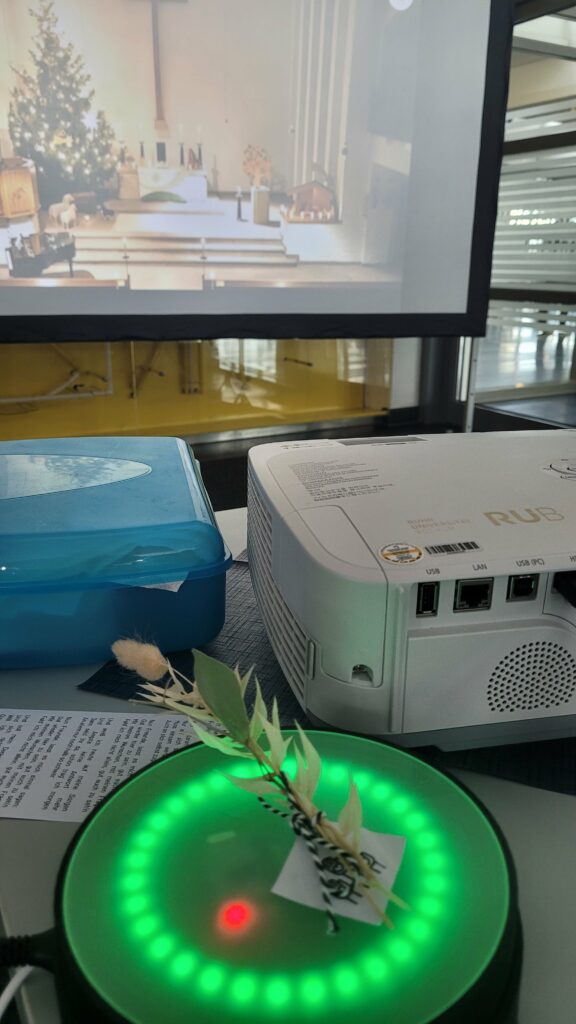
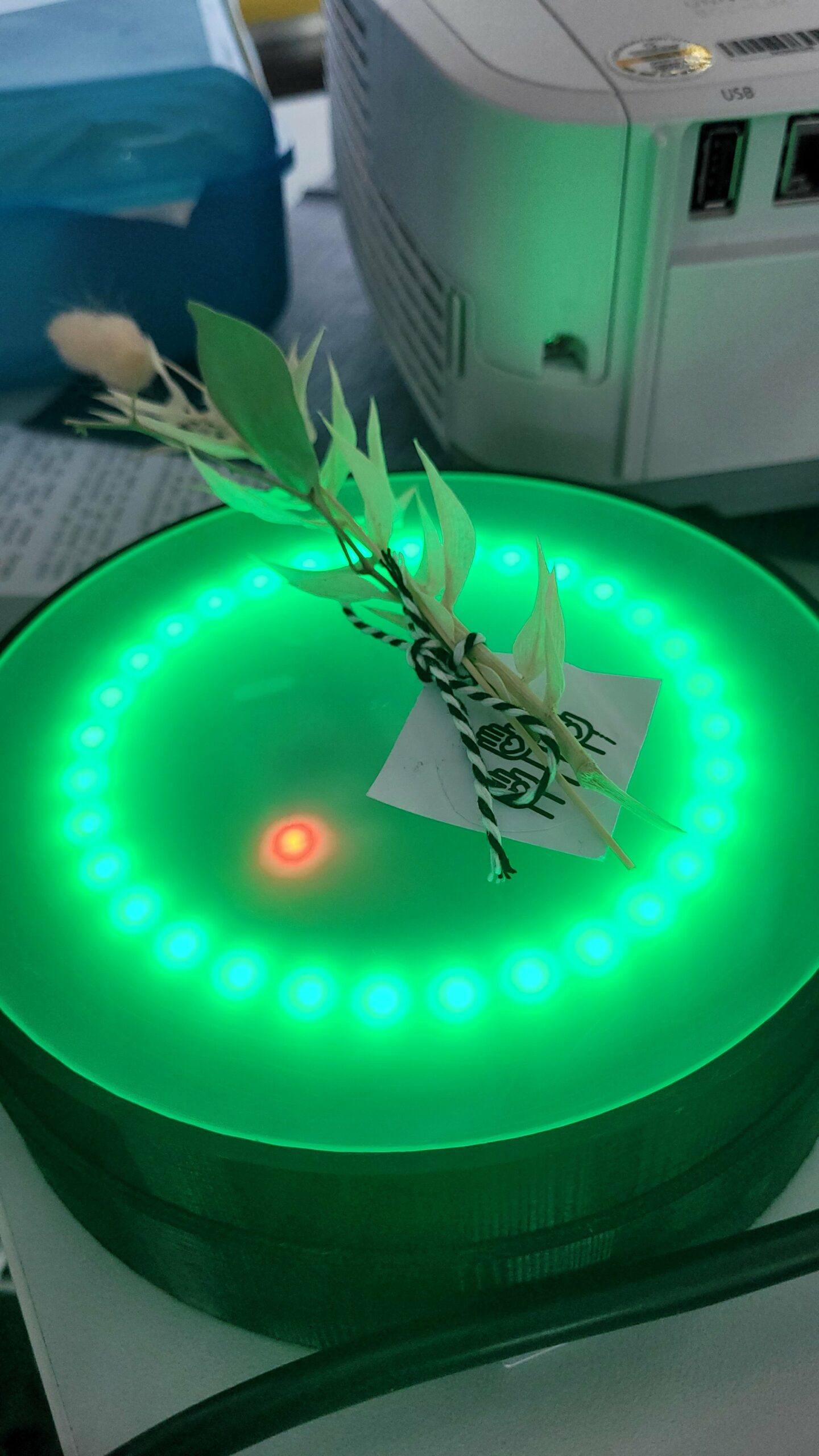
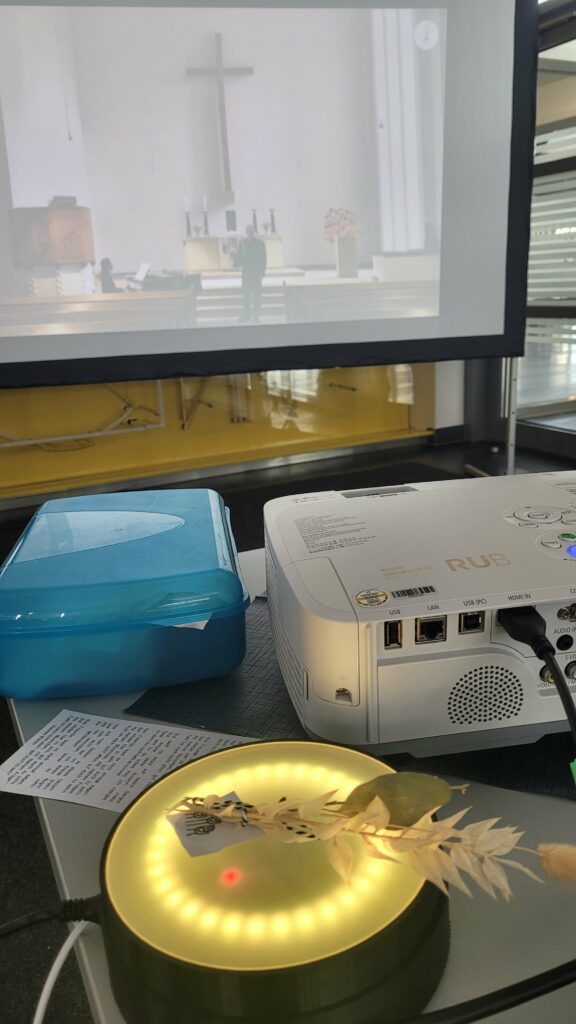
Interactive service generator: Via RFID tags, users can place the symbols for elements of the worship service (e.g. sermon, blessing) on a reader, which then plays the desired parts of the service. The code for the generator built with a Raspberry Pi can be found here: https://github.com/Revisor01/rfid_service_table , the underlying publication „Spirituality at the Breakfast Table: Experiences of Christian Online Worship Services“ is available here: https://dl.acm.org/doi/10.1145/3491101.3519856.


